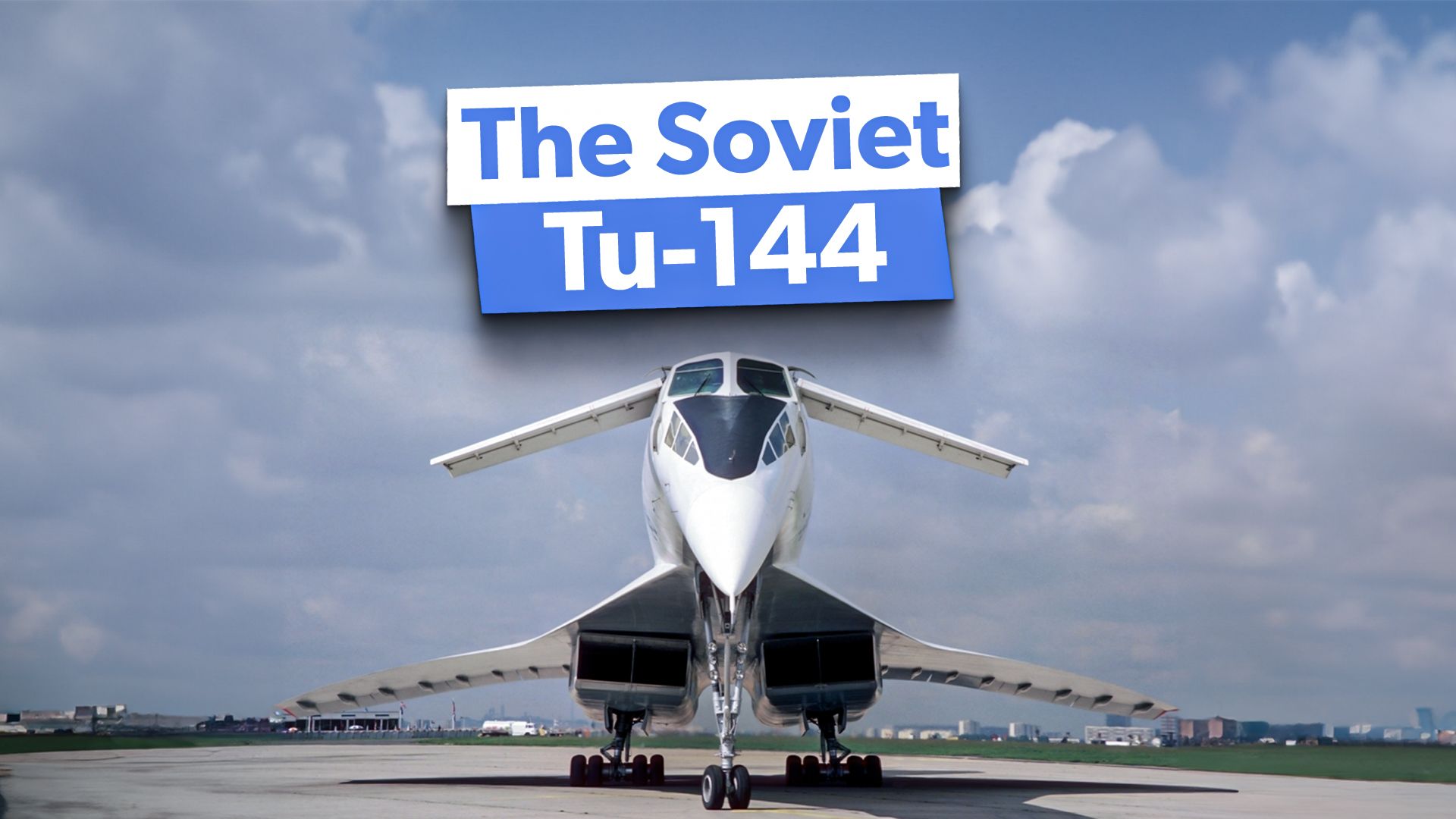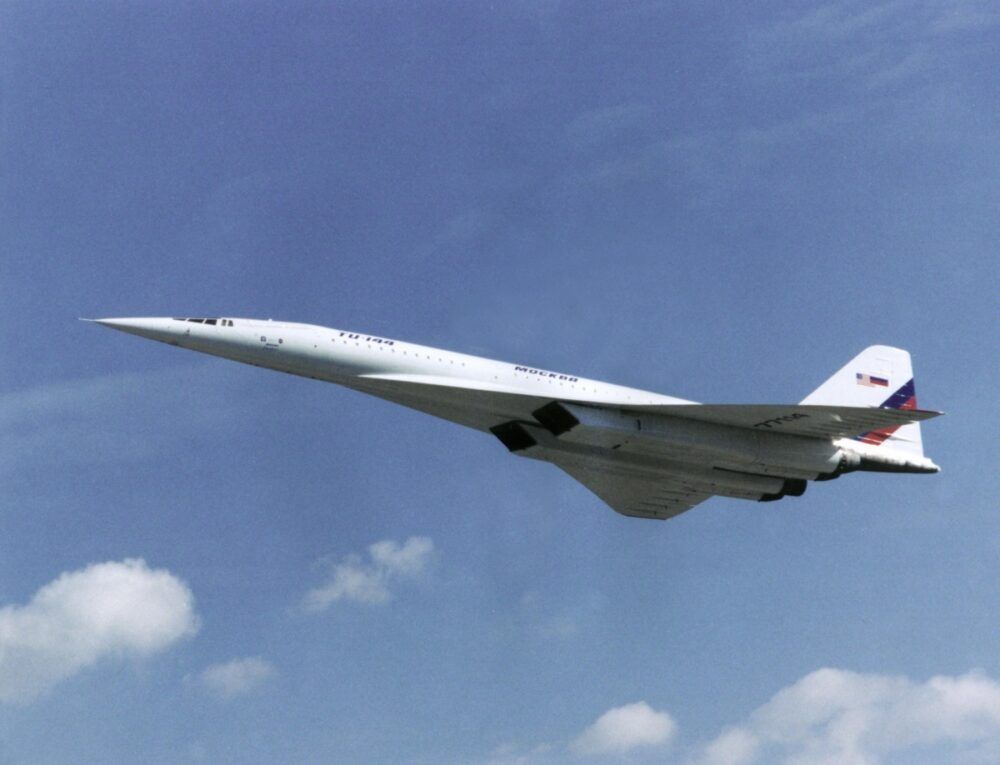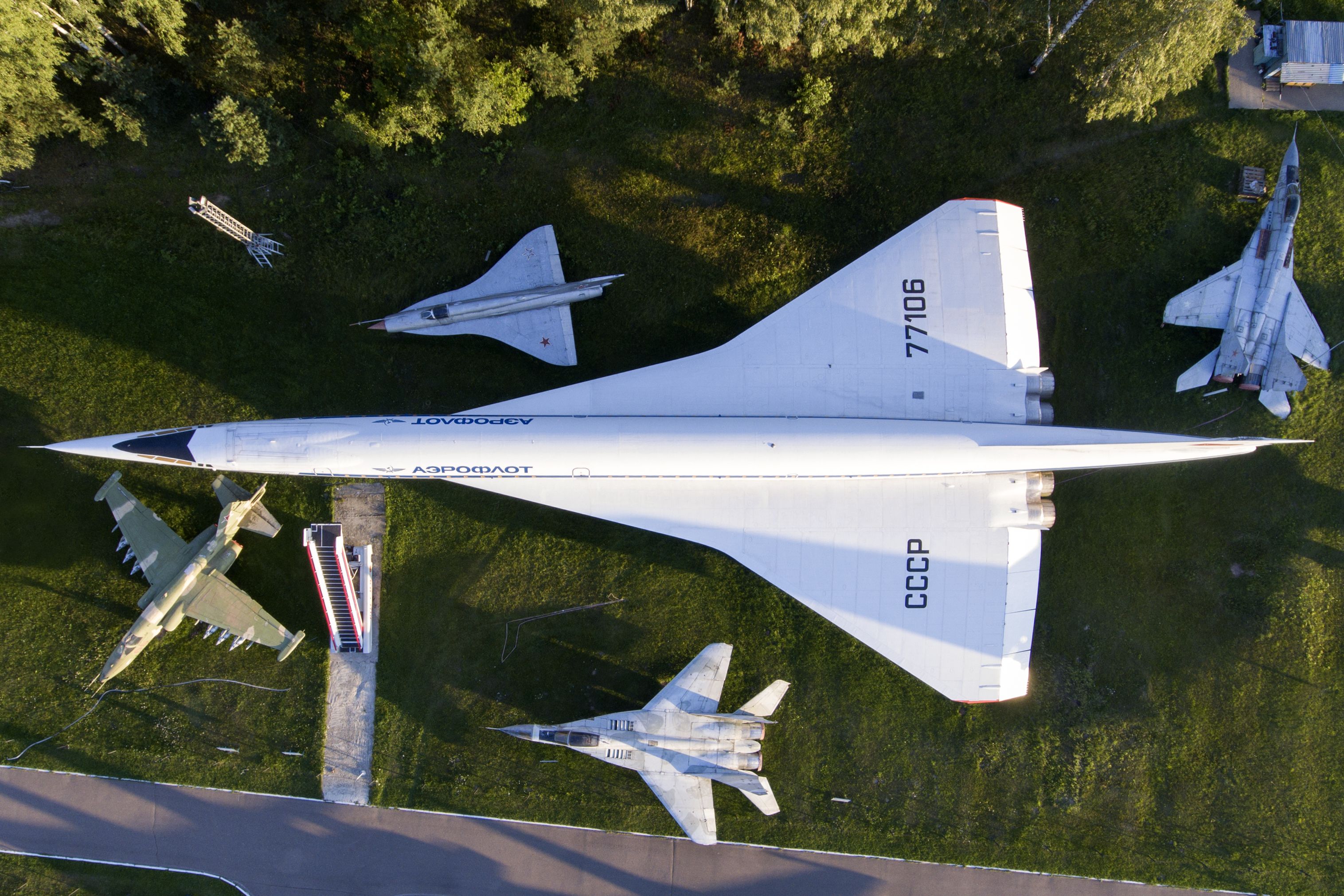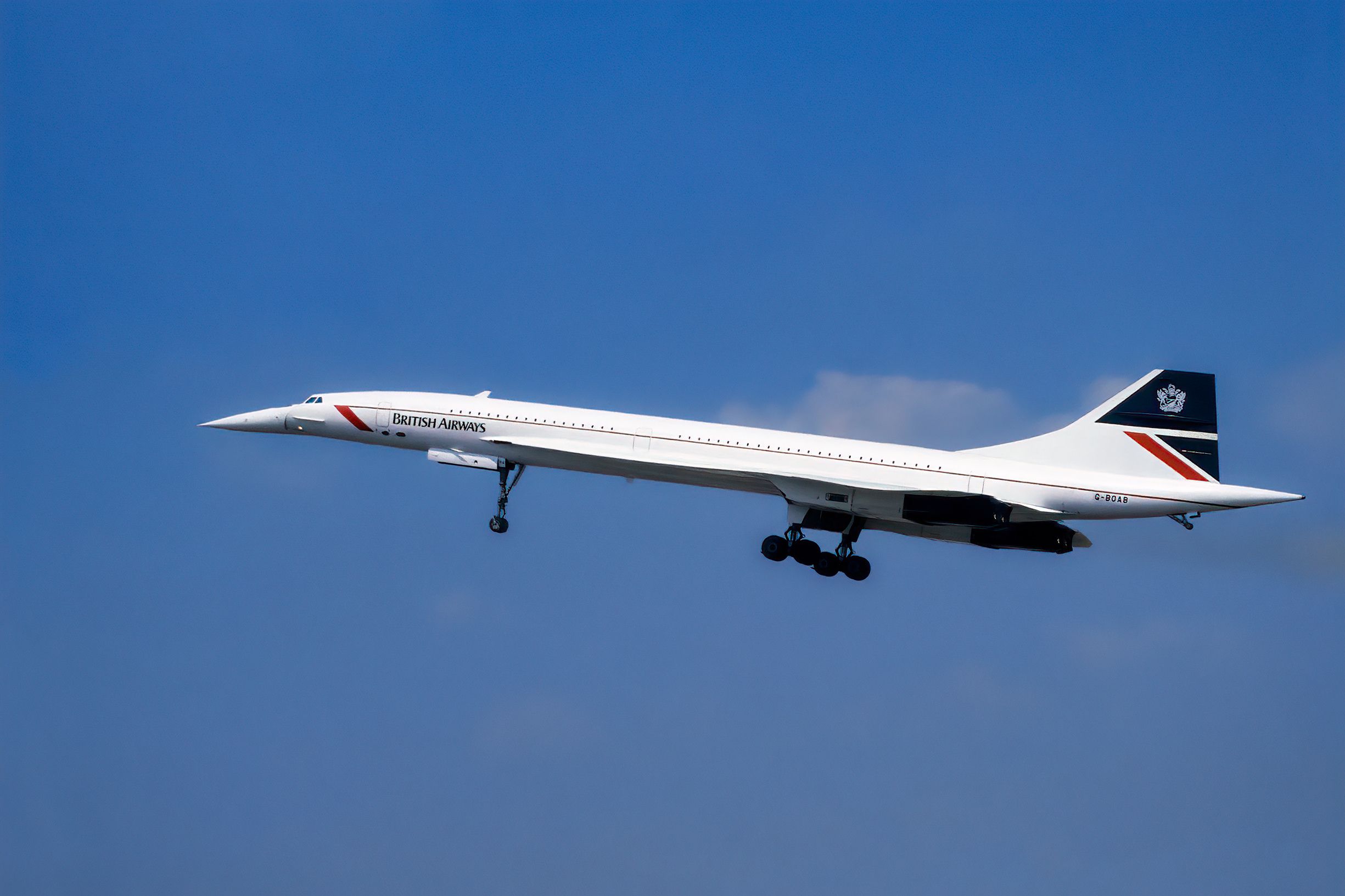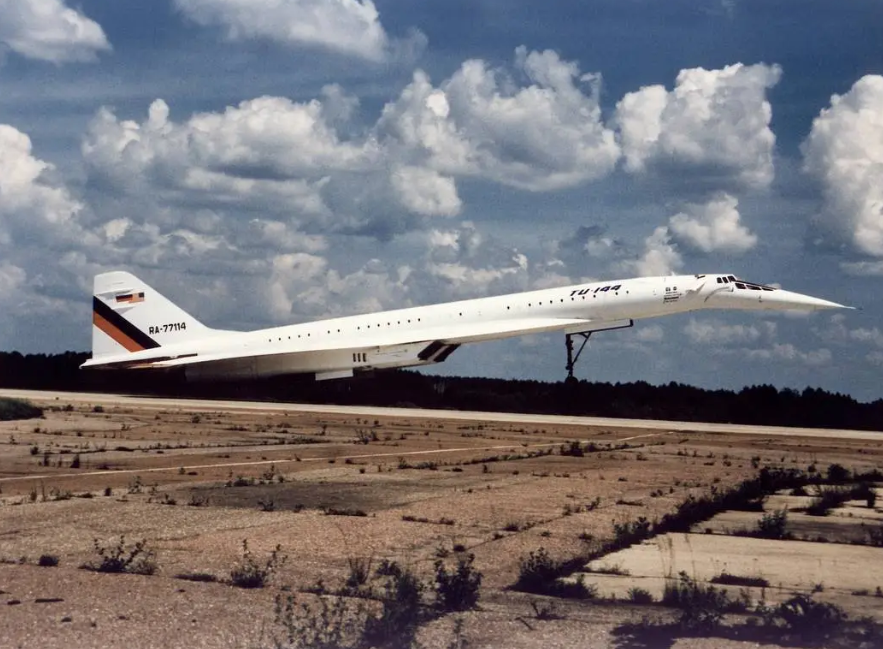Summary
- Soviets rushed to build a supersonic jet, the Tu-144, to compete with the Concorde, but faced failures and crashes.
- NASA utilized the Tu-144 as a flying laboratory for supersonic research, conducting successful flights from 1993 to 1999.
- The Tu-144 project ended after NASA’s research, marking the pause of supersonic travel until companies like Boom innovate.
While the Soviets were proud to have built the supersonic passenger Tupolev Tu-144LL and flown it before the West, the project was overall a colossal failure. It was rushed, could never be economical or competitive, and was unreliable and dangerous. Still, the Tupolev Tu-144 would go on to have a usual epilogue as NASA’s Tupolev Tu-144LL supersonic flying laboratory.
A Soviet Concorde challenger
When the Soviets discovered that the Europeans were building a supersonic passenger jet (the Concorde), they rushed to be the first. Soviet engineers at the time were more accustomed to building military aircraft and somewhat struggled to design a more passenger-friendly aircraft. The Americans also had their own supersonic passenger programs at the time. Lockheed had its own program, and Boeing had the Boeing 2707 concept (for which it went as far as building a mock-up).
Photo: NASA
|
Powerplant Specs Tu-144LL (final variant) |
|
|---|---|
|
Engine model: |
Kuznetsov, NK-321 low bypass turbofan |
|
Max thrust at take-off per engine: |
55,000 lbs |
|
Max thrust during supersonic cruise per engine: |
31,000 lbs |
|
Fuel capacity: |
209,440 lbs |
|
Fuel consumption (supersonic) |
40,600 kg/hr |
The Soviets would get to test fly their supersonic passenger Tu-144 just before the European Concorde. However, that was about the limit of the Tu-144’s success. It crashed at the Paris Airshow in 1973 while the Concorde entered service first. Then, after another crash, the Tu-144 was withdrawn from passenger service. It was used as a cargo plane for a while before being canceled in 1983. The Soviets later used it as a training platform for their Buran spacecraft
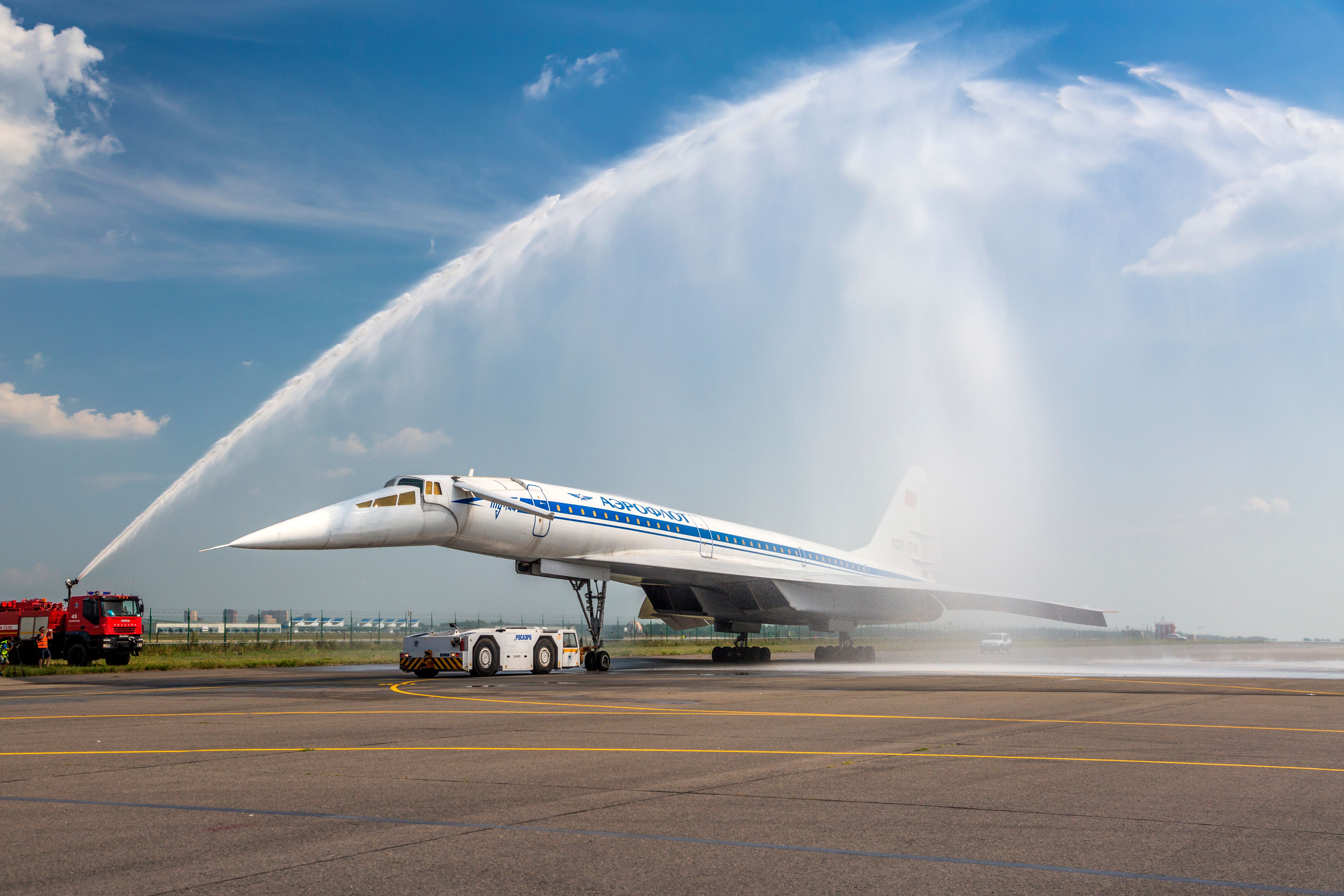
Related
66 Years Since Its First Flight: 5 Fun Facts About The Supersonic Tupolev Tu-144
What to know about the aircraft the kick started supersonic air travel.
From Soviet propaganda to NASA lab
That could have been the end of the Tu-144 had it not been for NASA. By 1993, the Soviet Union had collapsed, and Russia had inherited the Tu-144s sitting in storage. The Russian economy was in shambles, transitioning from a planned economy to a market economy. The Russian Federation was in desperate need of cash. The relations between Russia and the USA were remarkably good at this time.
In the early 1990s, NASA was working on a program called the High-Speed Research Program (HSR). This was meant to develop the next (or second) generation of supersonic transportation.
Photo: Fasttailwind | Shutterstock
|
Tupolev Tu-114 |
|
|---|---|
|
Produced: |
1967 to 1983 |
|
First flight: |
December 1968 |
|
Introduction: |
December 1975 |
|
Crashes: |
2 |
|
Number built: |
16 |
NASA needed supersonic aircraft as test platforms, and as Lockheed and Boeing had canceled their own programs – meaning the Concorde and Tu-144 were the only supersonic jets in existence. By then, the Concorde was in service with British Airways and Air France. However, neither had any spare aircraft to lend NASA (the early 1990s was the heyday of the Concorde).
NASA’s research required equipment and sensors to be mounted to the aircraft and Key.Aero notes that it was unlikely that British Airways or Air France “would have allowed this to be done on any of their prized Concordes.” This meant that Russia’s Tu-144 was the only option for NASA.
Photo: John Selway | Shutterstock
NASA’s Tu-144 supersonic flying lab
The Tu-144 that NASA leased was in almost pristine condition. It had been retired in 1990 and had only flown 83 hours. Even so, NASA retrofitted much of the aircraft. NASA worked with Tupolev’s Design Bureau to implement various modifications to allow the jet to be used for the required experiments and to upgrade and make it more reliable. NASA replaced the engines with more modern and reliable variants.
One logistical issue was that the aircraft was in Russia. That meant the American scientists had to make a 12,000-mile round trip to get to it.
“Using the Tu-144LL to conduct flight experiments allowed researchers to compare full-scale supersonic aircraft flight data with results from models in wind tunnels, computer-aided techniques and other flight tests. The flight experiments provided unique aerodynamic, structures, acoustics and operating environment data on supersonic passenger aircraft.” – NASA
|
Tu-144LL supersonic laboratory |
|
|---|---|
|
Period: |
1993-1999 |
|
Research flights: |
27 flights |
|
Program: |
High-Speed Research Program (HSR) |
|
Last flight: |
26 June 1999 |
Another major challenge for NASA was finding a pilot certified to fly its newly acquired testbed, the Tu-144. One issue was that the pilots who were certified to fly it were still working for Tupelov and, on account of bureaucratic technicalities, were not legally allowed to send the data from Russia to NASA.
Eventually, NASA trained an American pilot, Rob Rivers, to fly the Tu-144. He became the only pilot to have flown both the Concorde and the Tu-144. Another American pilot, Gordon Fullerton, was trained on it.
Photo: NASA
In all, NASA conducted 27 research flights with the Tu-144LL over a three-year period, and there were no major issues. NASA deemed its testing of the Tu-144LL a success for the HSR program. The evaluation sorties were first carried out in late 1998, and the program concluded in the spring of 1999. But this was the end of the Tu-144, and they never flew again after NASA.
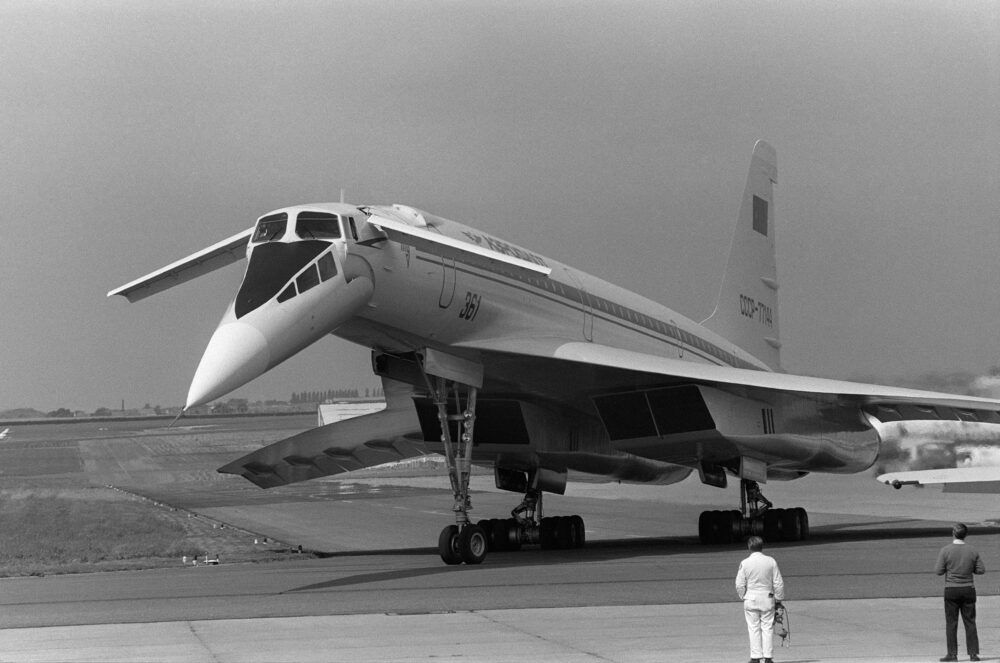
Related
Breaking Barriers: When The Tupolev Tu-144 First Went Supersonic
The Tu-144 was the first passenger plane to break the sound barrier.
Future supersonic passenger jets
The HSR program was canceled in 1999, and after Concorde’s retirement, the age of supersonic travel came to an end – or at least paused. The quest for practical and commercially viable supersonic passenger transportation continues.
Famously, Boom’s Overture is planned to come into service in the coming years, and it has received 130 orders and pre-orders from airlines around the world. NASA continues researching supersonic passenger aircraft with its experimental X-59 quiet supersonic aircraft.

